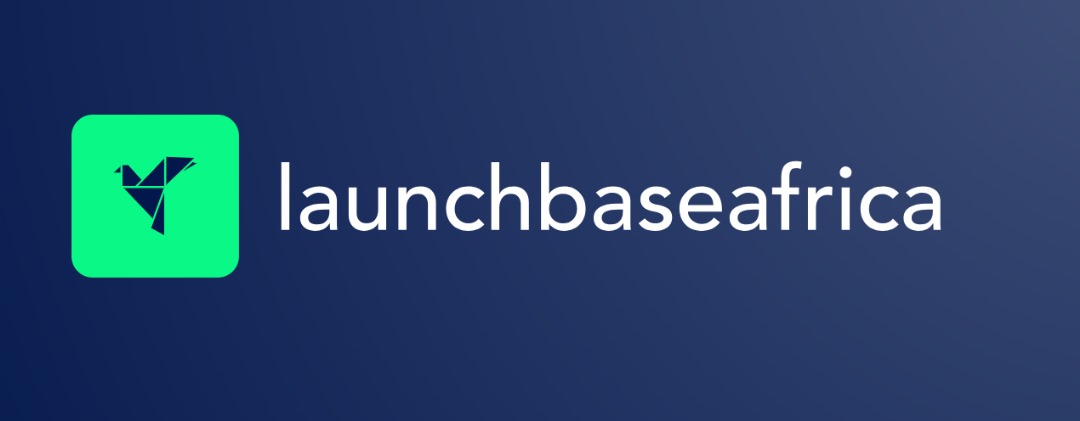For years, the narrative of intra-African trade has been one of immense potential stifled by practical barriers. A key culprit? The continent’s fragmented and frustratingly inefficient payment landscape. A simple transaction between two neighbouring African countries often meant a detour through a correspondent bank in New York or London, settlement in US dollars, and a waiting period of days, not to mention the hefty fees chipping away at profits.
Enter the Pan-African Payment and Settlement System (PAPSS). Backed by the African Export-Import Bank (Afreximbank) and the African Union, PAPSS is not just another fintech solution; it’s a piece of foundational infrastructure for the African Continental Free Trade Area (AfCFTA). And with Bank Al-Maghrib, Morocco’s central bank, officially signing on this week, PAPSS now counts 17 central banks, over 150 commercial banks, and 14 payment switches in its network.
While the expanding geographical footprint is significant, the real story lies in the “how.” PAPSS is tackling the cross-border payment headache with a suite of three products that, for businesses and consumers, could be deal-breakers.
1. The Instant Payment System (IPS): Slashing Transaction Times from Days to Seconds
At its core, PAPSS is an instant payment system. This means that a business in Accra, Ghana, can pay a supplier in Lagos, Nigeria, in Ghanaian Cedis, and the supplier will receive the funds in Nigerian Naira in near real-time. This is a radical departure from the traditional system that could take up to five days for settlement.
The “deal-breaking” feature here is the speed and finality of transactions. PAPSS guarantees settlement in under 120 seconds. For small and medium-sized enterprises (SMEs), which form the backbone of Africa’s economies, this is transformative. Improved cash flow and the certainty of payment can be the difference between scaling and stagnating.
“We are taking significant strides towards a truly unified African market, driving down transaction costs and empowering businesses and individuals across the continent,” said Mike Ogbalu III, CEO of PAPSS, in a recent statement.
2. The PAPSS African Currency Marketplace (PACM): A Stock Exchange for African Currencies
Perhaps the most innovative and potentially disruptive product is the recently launched African Currency Marketplace. This is, in essence, a platform where African currencies can be traded directly against each other, without the need for a hard currency like the US dollar as an intermediary.
Historically, a Kenyan importer wanting to buy goods from Egypt would first need to convert Kenyan Shillings to US dollars, and the Egyptian exporter would then convert those dollars to Egyptian Pounds. This two-step process not only adds cost but also exposes businesses to the volatility of the dollar.
The PACM aims to eliminate this by creating a marketplace for African currency pairs. This will be a significant step towards de-risking intra-African trade and could lead to more competitive pricing for goods and services. For businesses that have long struggled with accessing foreign currency for regional trade, this marketplace is a direct solution.
3. The PAPSSCARD: Keeping Data and Dollars in Africa
The latest addition to the PAPSS arsenal is the PAPSSCARD, a pan-African debit and credit card. While the continent is no stranger to card payments, the majority of these transactions are currently routed through international card schemes like Visa and Mastercard. This means that transaction fees and, crucially, valuable data on African consumer spending, leave the continent.
The PAPSSCARD, a joint venture with Mercury Payment Services, is designed to process transactions entirely within Africa. This will not only reduce costs for consumers and merchants but will also ensure that African financial institutions and policymakers have access to the data needed to build more tailored and effective financial products for their own markets.
Speaking at the launch, Afreximbank President Professor Benedict Oramah highlighted the card’s role in “reclaiming Africa’s financial autonomy.”
The Road Ahead
Despite the clear potential, the path to a fully integrated African payment system is not without its hurdles. Currency volatility remains a significant concern for many businesses. Convincing them to trade in local currencies, even with the new marketplace, will require a track record of stability.
Furthermore, the technological and regulatory landscapes across Africa are diverse. Ensuring seamless integration and harmonisation of standards across all member countries is a monumental task. There are also concerns about cybersecurity and the need for robust legal frameworks to govern the system.
While PAPSS has been hailed as a “game-changer,” some analysts suggest its impact is still nascent. The true test will be its adoption by the private sector and its ability to demonstrate tangible benefits in terms of increased trade volumes. To date, PAPSS has not released public data on its transaction volumes, making it difficult to independently assess its growth and impact.
The addition of Morocco, a key economic player in North Africa, is a strategic win for PAPSS. It bridges a geographical and economic gap and signals a growing continent-wide commitment to the vision of a single African market.
For the everyday entrepreneur and the established corporation alike, the promise of PAPSS is simple: to make doing business in Africa easier, cheaper, and faster. If it can deliver on this promise, it will have laid the financial rails for Africa’s economic century. The dominoes are falling; the question now is how quickly the rest of the continent will line up.


